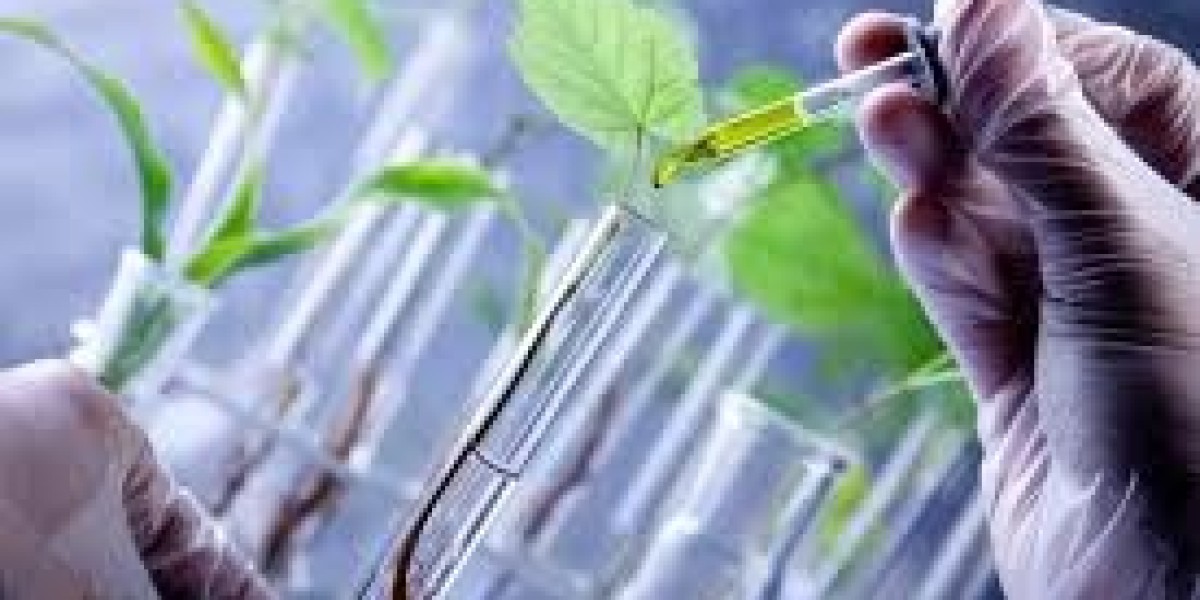Genetics
- Breeding potential: Look for animals with strong genetics for growth, feed efficiency, and meat quality. Consider traits like calving ease, docility, and desirable carcass traits (e.g., marbling, yield).
- Pedigree: Choose cattle from reputable bloodlines with known performance records. This helps ensure that you are selecting animals with good genetic potential for desired traits.
2. Growth Rate
- Weaning weight: Heavier weaning weights can indicate better growth rates and strong potential for finishing.
- Post-weaning performance: Consider cattle with a good average daily gain (ADG) post-weaning for efficient weight gain, which is crucial for beef production.
3. Body Structure
- Conformation: Look for cattle with good skeletal structure, straight lines, and well-balanced body types. This generally indicates healthy, efficient animals that will grow well.
- Frame size: Larger framed cattle tend to have better growth potential, but the ideal frame size will depend on your production goals (e.g., lighter or heavier cattle).
- Muscling: Muscular cattle typically produce better-quality beef with more yield. Look for good muscle development without excessive fat.
4. Temperament
- Docility: Calm and easy-to-handle cattle are safer and easier to work with. A docile temperament can also indicate better adaptability to various production systems.
- Temperament traits: Select animals with desirable temperament traits, as aggressive cattle can be difficult to manage and less productive.
5. Health and Immunity
- Disease resistance: Choose cattle with a good track record of health. Consider animals that are free from genetic defects, and select those that show resistance to common diseases and parasites.
- Vaccine history: Cattle with an established vaccine history are more likely to stay healthy and avoid common illnesses.
6. Feed Efficiency
- Feed conversion ratio (FCR): Look for cattle that convert feed into weight gain efficiently. Feed-efficient animals will reduce your overall feed costs.
- Forage utilization: Cattle that can effectively utilize pasture and forage are important for sustainable beef production, especially if you're raising them on grass.
7. Carcass Quality
- Marbling: Marbling, or intramuscular fat, is a key indicator of beef quality. Higher marbling is associated with more tender, flavorful beef.
- Yield grade: This indicates the amount of saleable meat from the carcass. Higher yield grades are generally more desirable for commercial beef production.
- Fat distribution: Ideal cattle should have an appropriate fat distribution to ensure good marbling without excessive external fat.
8. Reproductive Performance
- Fertility: Cattle that have a good calving record and calve early in the season tend to be more productive.
- Calving ease: Selecting cows and bulls with good calving ease scores can reduce labor and veterinary costs during calving season.
9. Adaptability
- Climate adaptation: Choose cattle that are well-suited to your local climate conditions. For example, certain breeds perform better in hot climates (e.g., Brahman) or cold climates (e.g., Angus).
- Adaptation to management systems: Some cattle are better suited to grass-fed systems, while others are more efficient in feedlot systems. Make sure your selection matches your production system.
10. Breed Type
- Breed suitability: Different breeds have varying characteristics. For instance, Angus is known for high marbling and tender beef, while Hereford is known for its hardiness and good mothering ability. Select a breed that aligns with your production goals (e.g., high yield, marbling, or efficiency).
By considering these factors, you'll be able to select beef cattle that align with your specific goals, whether that's maximizing production, improving herd health, or producing high-quality beef.



